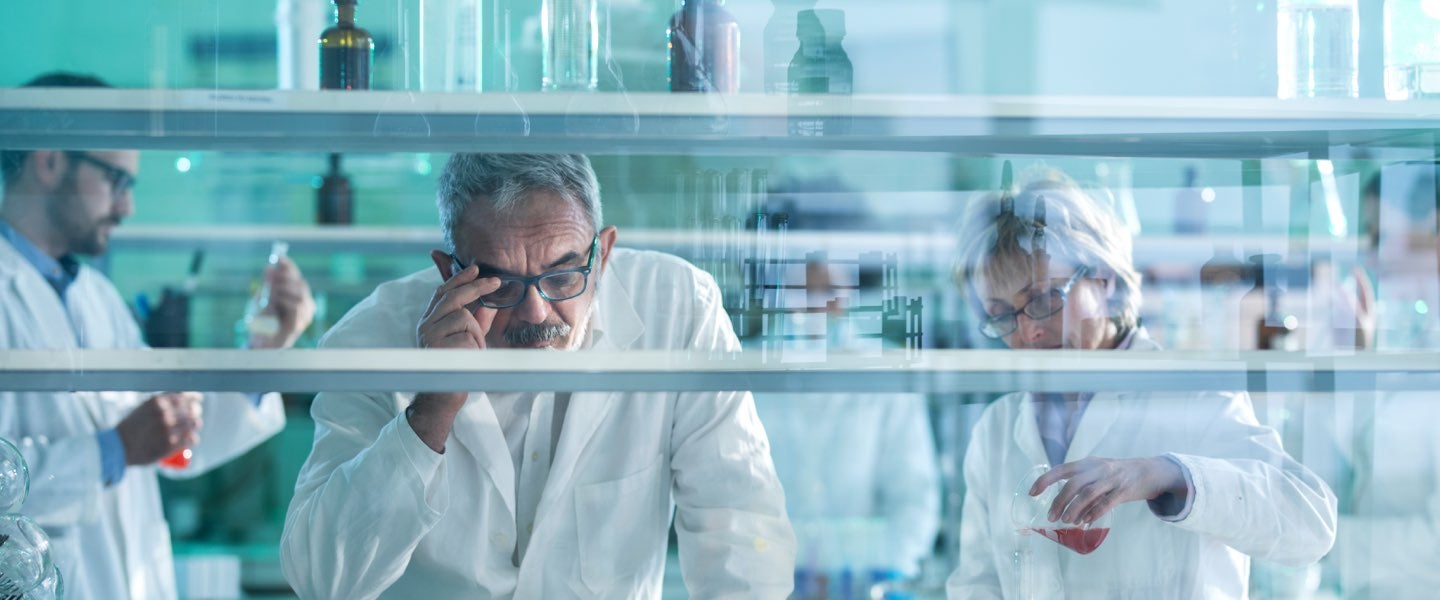The provision of insurance protection against pandemic business interruption represents a major societal and insurance industry challenge. The RMS® COVID-19 Pandemic Projections tool shows a second, winter wave of COVID-19 infections threatening regions where strict social distancing measures such as lockdown have been relaxed. How can this challenge be addressed, and how does the industry get closer to understanding the hazard and mitigating the risk?
There are some parallels between the increasing risk of pandemic and new extremes being felt because of climate change; in both cases, environmental degradation is aggravating the underlying risk. For instance, on climate change, forests that play a vital role in absorbing greenhouse gases are reducing in size – more than half of the world’s tropical forests have been lost since the 1960s and in 2017 an area the size of Florida was lost.
Much of the cleared forestland is used for farming, especially livestock, as the world looks to feed an expanding global human population. But this expansion of agriculture sees encroachment into wildlife habitats, which brings humans and livestock into closer proximity with wildlife. This proximity together with increasing farm-animal populations that are susceptible to zoonotic diseases, which jump from animals to humans, increases the potential for diseases that could cause future pandemics.
As with other catastrophe perils, insurability depends on risk mitigation, especially enhanced hazard surveillance. Does the industry feel as if nations around the world have enough of a grip on this and future pandemics?
A Plan for Future Pandemics
On September 26, 2020, U.K. Prime Minister Boris Johnson addressed the UN General Assembly in New York via video. He pointed out that now is the time to look ahead and think about how to stop a future pandemic. In January 2021, the G7 presidency rotates to the U.K., and Johnson has stated that a new global approach to health security will be created to protect humanity against another pandemic. The five-point international plan covers:
- Global research into dangerous pathogens
- Development of the manufacturing capacity for treatments and vaccines
- Design of a global pandemic early-warning system
- Establishment of protocols for pandemic emergency response
- Cancellation of tariffs on critical supplies such as protective equipment
Lessons from the COVID-19 pandemic underline the importance of addressing each of the plan’s five points:
- A global network of zoonotic research hubs is needed to spot dangerous animal pathogens, wherever in the world they may emerge.
- Pharmaceutical interventions to counter pandemic spread will require establishing extensive manufacturing capacity in many countries.
- A global surveillance system is needed to anticipate the emergence of a pandemic at an early stage.
- As with all disaster response, there needs to be effective pandemic protocols to minimize fatalities and delays in medical treatment.
- Export controls imposed by many countries producing critical medical supplies significantly increase cost at a time when supplies are urgently needed all over the world.
Five years ago, just after the Ebola crisis in West Africa, RMS was involved in an Asian insurance industry initiative to promote enhanced surveillance of farms in Southeast Asia where the dangerous mixing of swine and avian viruses among pigs and fowl might occur. However, human efforts at risk mitigation are prone to outcome bias. Because the spread of Ebola was contained within West Africa, and did not become a global pandemic, the current sense of urgency in mitigating pandemic risk was lacking.
Crucial to the future transfer of business interruption pandemic risk after COVID-19 is the implementation of the plan, envisaged by Prime Minister Johnson, for a global pharmacopoeia, an armory of therapies, ready to make the treatment for the next pandemic. Using the defense metaphor of missiles in silos, Johnson spoke of the development of treatments and vaccines kept in readiness for a pandemic threat. All this requires very substantial international government funding for pharmaceutical companies. But even a few billion dollars is small compared with the trillions of dollars of global economic lockdown costs.
Pandemic Risk Mitigation
An abiding historical lesson from catastrophes, both natural and man-made, is that finance for disaster preparedness is forthcoming afterward, even if not beforehand. Johnson’s address to the UN is significant for insurers because it outlines a road map for pandemic risk mitigation that has the potential to significantly reduce the frequency and severity of pandemic business interruption, thus facilitating risk transfer. This road map needs to be followed as it is comprehensive – it both attempts to get to the root causes of pandemic and follows right through to mitigation and treatment.
With the substantial financial burden of COVID-19 economic loss being spread over future decades, as war bonds were in the past, governments cannot afford the return period for a similar pandemic loss being shorter than a century. And with more certainty around effectively managed and mitigated pandemic risk, insurers will have more confidence to move forward and protect.








